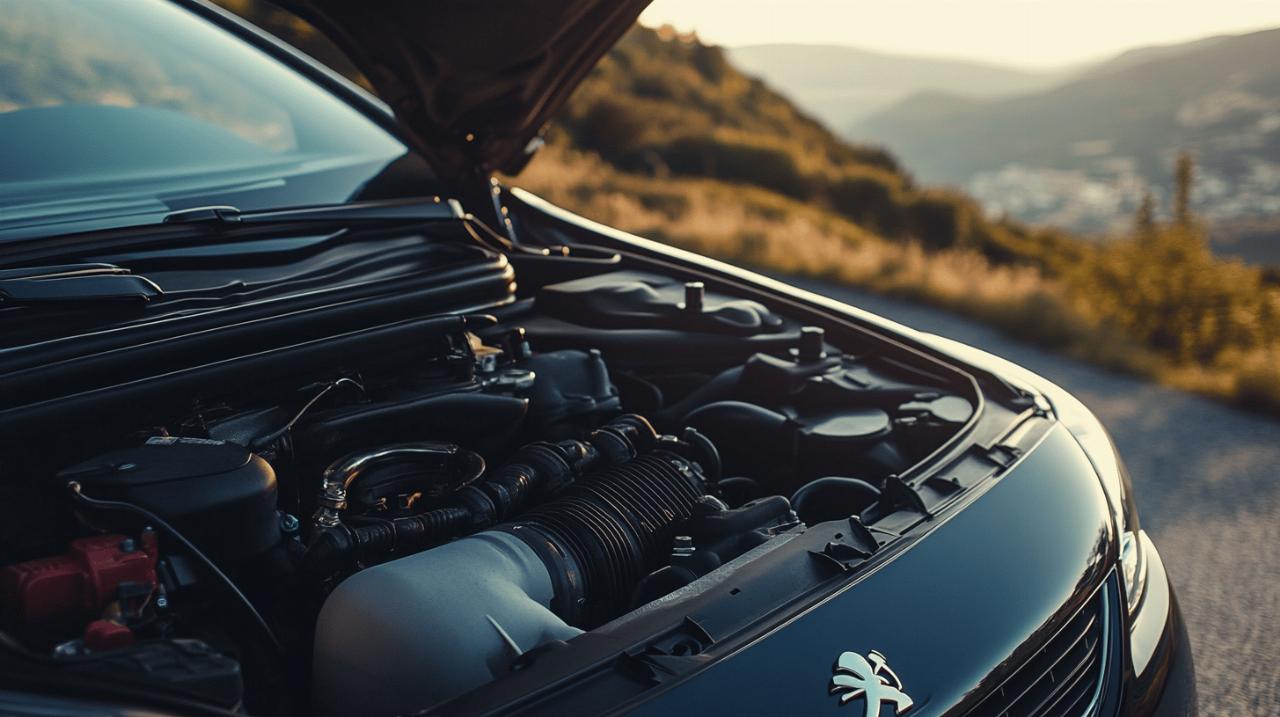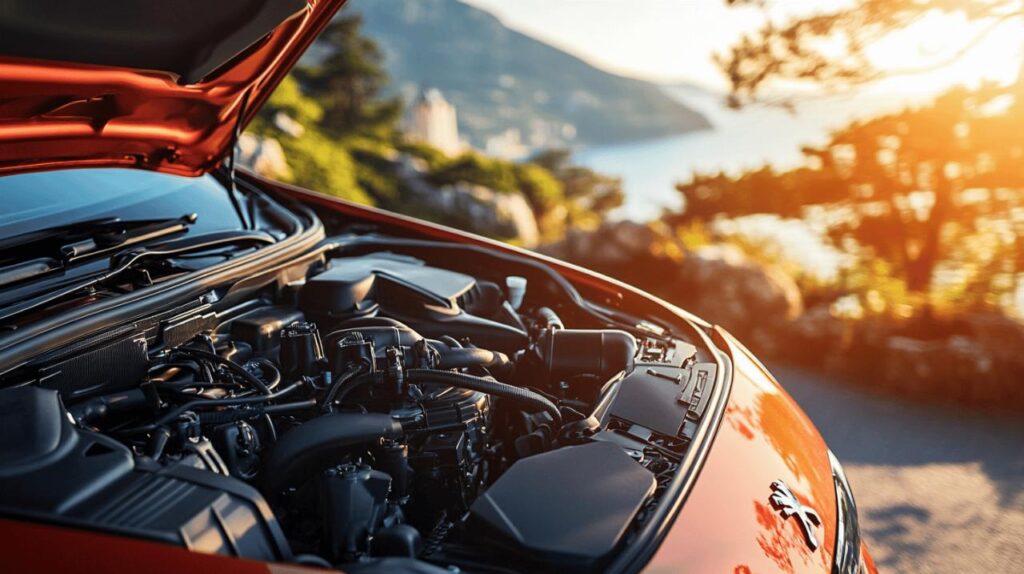The Basics of Turbocharger Operation in Your Peugeot 307
The Peugeot 307, launched in 2001 and produced for six years, gained recognition by winning the European Car of the Year award in 2002 despite later developing a challenging reputation for reliability. For owners of these vehicles, understanding the turbocharger system is crucial for maintaining optimal performance. Auto H specialists recommend that proper turbocharger maintenance can significantly extend the lifespan of your vehicle’s engine while improving fuel efficiency. The turbocharger in your Peugeot 307, particularly in the diesel HDi variants, plays a vital role in the overall driving experience and requires specific attention during routine service intervals.
How turbochargers enhance engine performance
Turbochargers fundamentally transform how your Peugeot 307 engine performs by utilising exhaust gases to drive a turbine connected to a compressor. This compressor forces additional air into the combustion chambers, allowing more fuel to be burned and creating greater power output than a naturally aspirated engine of equivalent size. For the 1.4-litre to 2.0-litre HDi diesel engines commonly found in the 307 range, the turbocharger can boost power by up to 40% while maintaining reasonable fuel consumption. This technology is particularly valuable in the five-door hatchback, three-door, and estate variants of the 307, providing necessary torque for carrying loads or during motorway driving.
Common turbocharger components and their functions
The turbocharger system in your Peugeot 307 consists of several critical components that work together. The turbine wheel, driven by exhaust gases, connects via a shaft to the compressor wheel that draws in fresh air. The centre housing contains bearings lubricated by engine oil, allowing the shaft to spin at extremely high speeds, often exceeding 150,000 RPM. The wastegate regulates boost pressure by controlling exhaust flow to the turbine, while the intercooler cools the compressed air before it enters the engine. Understanding these components helps when troubleshooting potential issues. For 307 models, especially after the 2005 facelift that introduced updated trim levels, proper oil quality is particularly important—most models require 5W-30 or 5W-40 grade oil, with capacity ranging between 3.25 and 5 litres depending on the specific engine variant.

Signs your peugeot 307 turbocharger needs attention
Maintaining your Peugeot 307’s turbocharger according to service intervals is essential for longevity. Petrol engines require servicing every 20,000 miles or two years, while direct injection diesel engines need attention every 12,000 miles or two years. However, interim checks specifically for the turbocharger system are recommended more frequently—every 10,000 miles for petrol and 6,000 miles for diesel variants. Regular oil checks every 2,000 to 3,000 miles are particularly crucial for turbocharger health since these components rely heavily on clean, sufficient oil for proper function and cooling.
Warning symptoms of turbocharger issues
Several indicators suggest your Peugeot 307’s turbocharger may require attention. A noticeable decrease in power, especially during acceleration, often signals turbocharger problems. Unusual whistling or whining noises that change with engine speed typically indicate bearing wear or damage to the turbine or compressor wheels. Excessive exhaust smoke can suggest oil leaking into the exhaust system through damaged turbo seals—blue smoke typically indicates this condition. The check engine light might also illuminate, as modern Peugeot 307 models monitor turbocharger performance through various sensors. Increased fuel consumption without changes in driving habits could indicate the turbocharger is not operating efficiently. These symptoms should never be ignored, as continuing to drive with turbocharger issues can lead to more severe engine damage.
Diagnostic steps for turbocharger problems
When troubleshooting turbocharger issues in your Peugeot 307, start with a visual inspection of the air intake system, checking for loose connections, cracked hoses, or oil leaks around the turbocharger unit. Examine the air filter condition, as a clogged filter restricts airflow to the turbocharger. Listen for unusual noises with the engine running, both at idle and under light acceleration. Check the engine oil level and condition—dark, contaminated oil can indicate internal turbocharger problems. For more thorough diagnosis, measure the boost pressure using a gauge connected to the intake manifold and compare readings with specifications for your specific 307 model. Professional diagnostic tools can also read data from the engine control unit to identify specific fault codes related to the turbocharger system. Many turbocharger issues can be prevented through regular maintenance, particularly changing the oil and filter according to Peugeot’s recommended intervals with the correct 5W-30 or 5W-40 specification oil.





